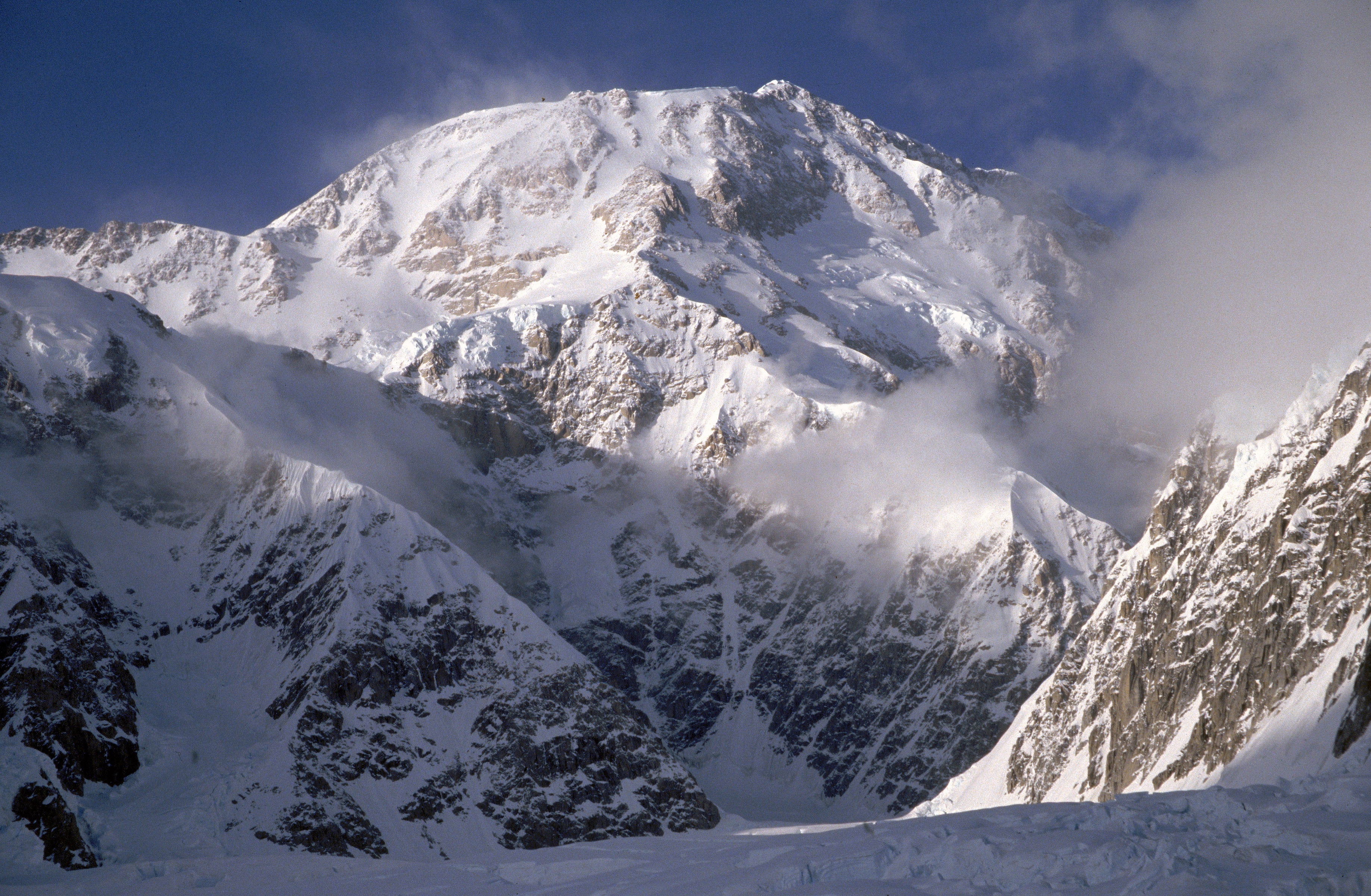Warnings as Alaskan glacier moving 100 times faster than normal
The glacier’s movement may make traversal to the summit of Denali impossible for climbers this year

Your support helps us to tell the story
From reproductive rights to climate change to Big Tech, The Independent is on the ground when the story is developing. Whether it's investigating the financials of Elon Musk's pro-Trump PAC or producing our latest documentary, 'The A Word', which shines a light on the American women fighting for reproductive rights, we know how important it is to parse out the facts from the messaging.
At such a critical moment in US history, we need reporters on the ground. Your donation allows us to keep sending journalists to speak to both sides of the story.
The Independent is trusted by Americans across the entire political spectrum. And unlike many other quality news outlets, we choose not to lock Americans out of our reporting and analysis with paywalls. We believe quality journalism should be available to everyone, paid for by those who can afford it.
Your support makes all the difference.An Alaskan glacier has been recorded as moving between 50 and 100 times faster than its previous speed, according to researchers.
National Park Service workers were given a tip by a pilot who flew over the area and noticed the topography near Muldrow Glacier in Denali National Park had changes since his last flight. The NPS followed up on the tip and confirmed the change.
Jonny Kingslake, an assistant professor of environmental science at Columbia University, told Gizmodo that glacial surges were "really strange events" that have "fascinated geologists for decades."
Glaciers tend to move extremely slowly - hence "glacial" serving as a synonym for "slow" - traveling only millimetres per day before retreating as the seasons change.
However, certain glaciers, like those located in Alaska and parts of Tibet, can experience "surges" which are defined as when glacier speeds increase by up to 10 times its normal pace.
“The whole thing is flowing very slowly, and then suddenly it accelerates, and that can cause the glacier at higher elevations to thin, and then the ice slumps down to lower elevations,” Mr Kingslake said. “Then that happens, and it slows back down, and the material at lower elevations starts to melt, and the ice near the top thickens, and the whole thing repeats. It’s doing, like, a see-saw thing.”
Muldrow Glacier last surged in the 1950's, when it moved four miles over the course of a few months.
Its movement can prove disruptive for humans living or traveling through the region; the NPS said that the route up to the top of Denali - which runs over the glacier - may no longer be navigable due to the its movement and the resulting changes to the route.
According to the pilot who first spotted the irregularity, Chris Palm, the glacier is now covered with crevasses, which can prove fatal to climbers trying to reach the summit of Denali.
“I was looking at the glacier and I was thinking it looks really difficult to get onto the glacier right now,” Mr Palm told the Anchorage Daily News. “It’s all shattered and torn up and jagged ice and deep crevasses everywhere.”
Unsurprisingly, climate change also has played a role in speeding up glacial movement.
One of the most striking instances of climate-induced glacial speeding occurred in 2002, when a glacier in Russia moved 11 miles (17.7 km) in six minutes, reaching a speed of 150 mph (241.4). The glacier crashed into a village and killed 100 people.
The incident inspired a new category of glacial movement called "glacier-debris flow."
Muldrow Glacier's movement has not been attributed to climate change. Researchers believe its movement is influenced more by the glacier's elevation change and changing water dynamics inside the glacier.
Join our commenting forum
Join thought-provoking conversations, follow other Independent readers and see their replies
Comments